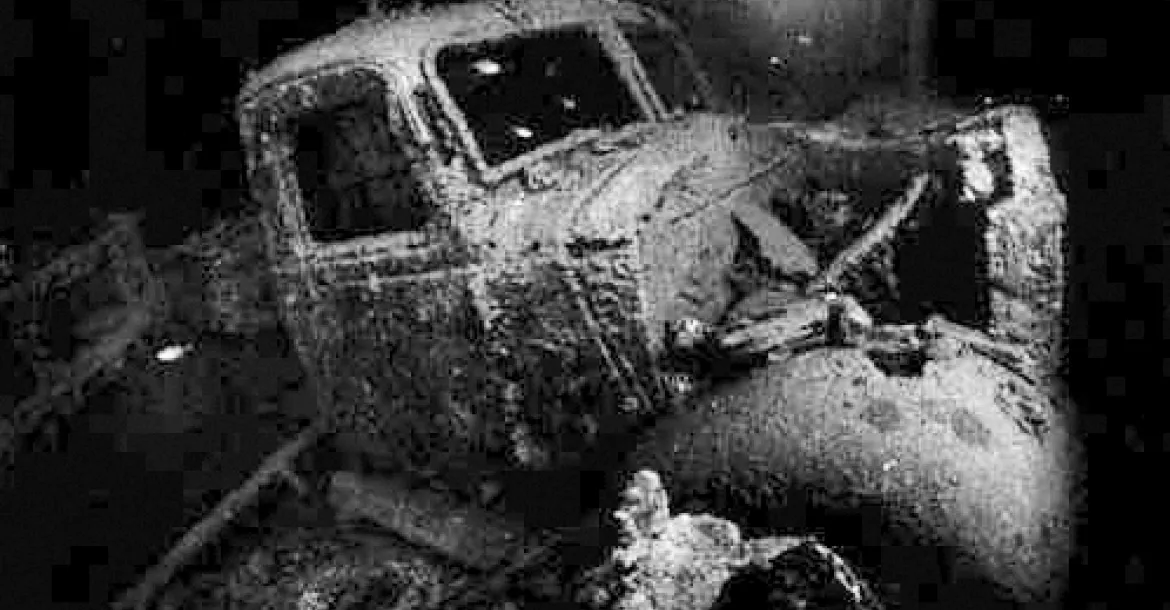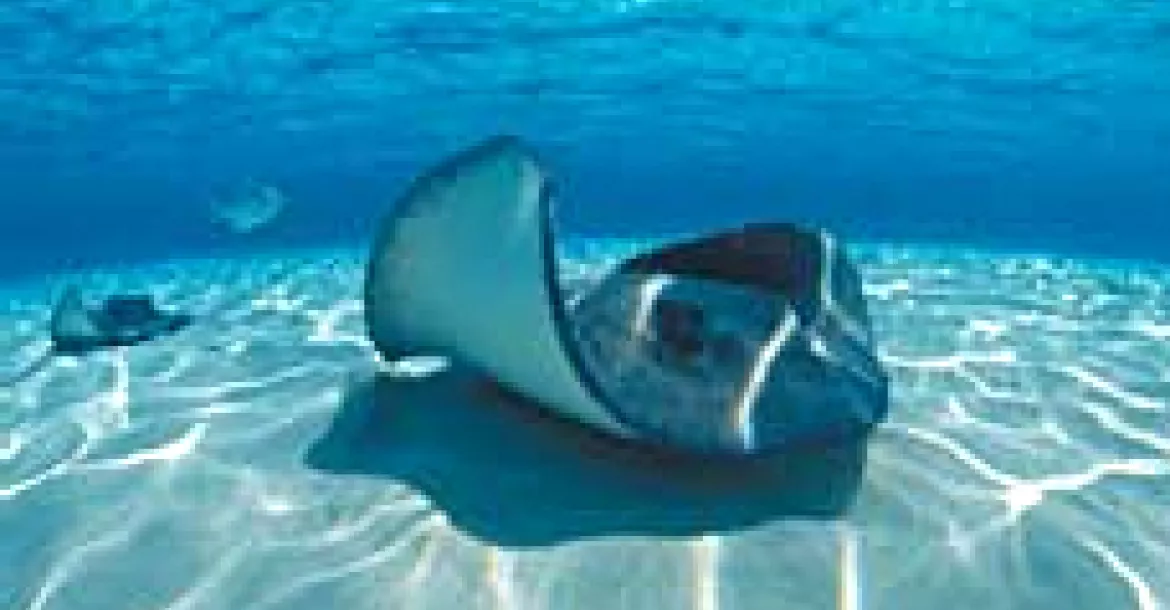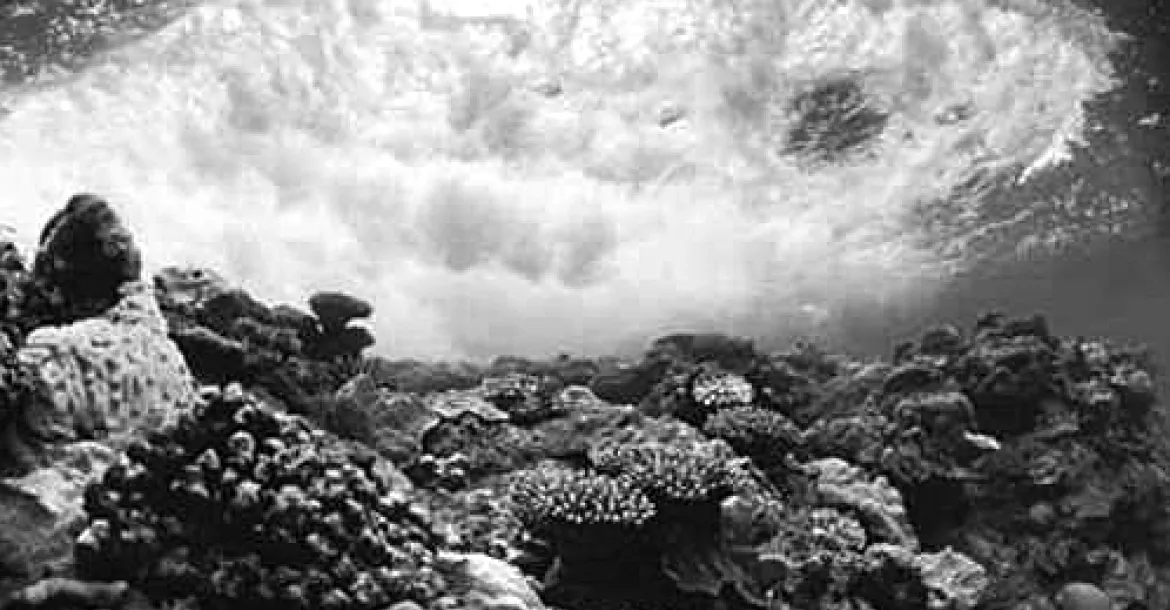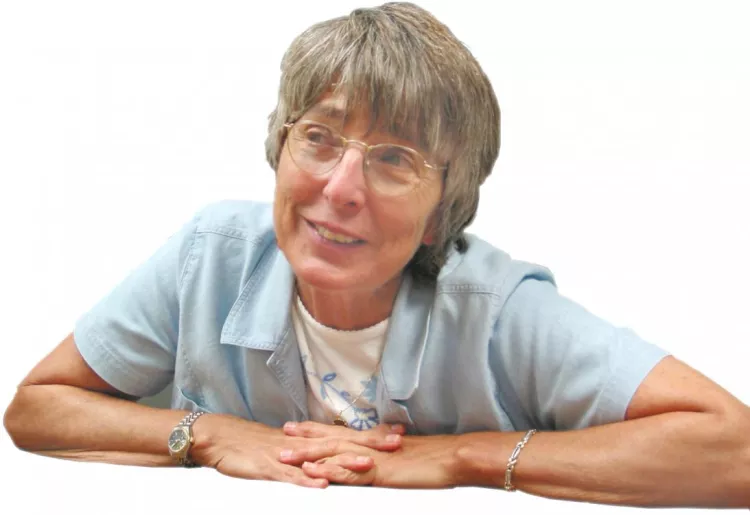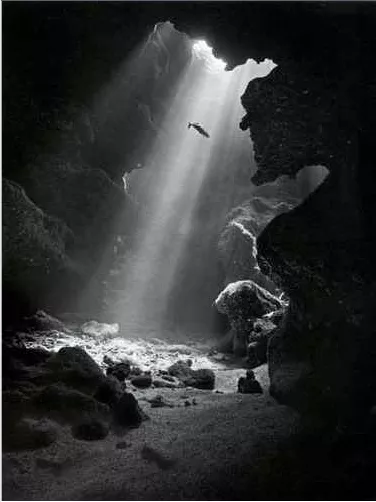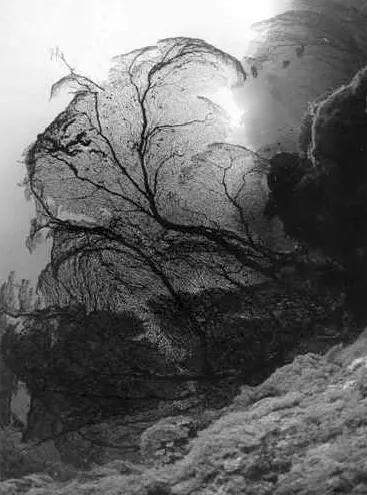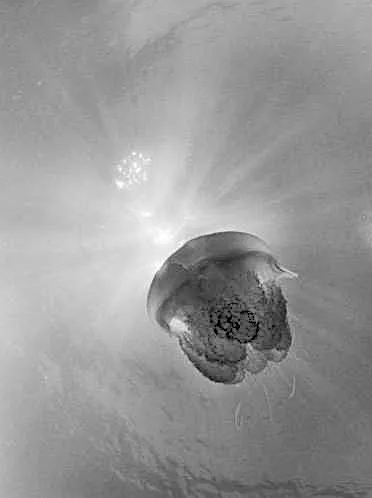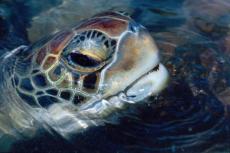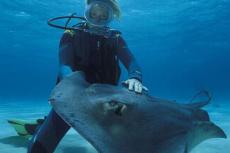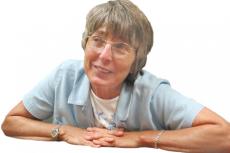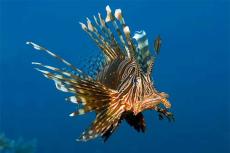Down the stairs to the friendly photo shop at Sunset House Hotel, a dive resort on Grand Cayman Island, one enters the world of the colourful and inimitable Cathy Church, a legend in underwater photography and an inspiring teacher to many a diver who found his or her way to her popular week-long super courses. At the tender age of 60, Church is still excited about her craft and looks forward to many more years of helping divers take better shots underwater.
Contributed by
Since 1972, Church has been teaching underwater photography in the Caymans and has conducted seminars in most of the major cities in the US. She is one of the pioneers in the field of underwater photography and has been a contributing editor for SKIN DIVER magazine for 15 years in the 70s and early 80s.
While married to another pioneer and renowned authority on underwater photography, Jim Church, Cathy co-author a stunning array of over 200 articles and three books on underwater photography with Jim including the Nikonos Handbook. Her underwater images have been published in many underwater and non-diving publications over the years as well as advertisements for Cayman Islands Department of Tourism, US Virgin Islands, Kodak, Nikon, various cruise lines and other businesses.
In 1987, Church was awarded the prestigious NOGI award for the arts from the Academy of Underwater Arts and Sciences, and in 2000, was inducted into the Women Divers’ Hall of Fame and received the DEMA Reaching Out Award. She acted as president of the Academy of Underwater Arts and Sciences in 1999 and 2000.
Church has been pioneering new techniques in underwater photography from the beginning and passing along her knowledge to her students. In fact, she was the first underwater photographer to identify and write about the common mistake u/w photographers make when they aim a strobe at the apparent image and not beyond it at an angle to compensate for water distortion and to avoid backscatter and hot spots. A simple well-known concept these days, it was not common knowledge back then.
Church said that she enjoys exploring the medium of black and white, that perhaps it is her background in science that spurs her interest into the complexities of the craft behind the form – a process that includes the mixing of chemicals and working through a zone system. Still open to the changing technologies in the field, Church also explores the digital realm in underwater photography – a welcome alternative, especially since her darkroom was damaged by Hurricane Ivan in 2004. The photo centre has since been remodelled and is hopping with business and photo classes once again.
These days, she continues inspiring students with her regular courses in the Caymans and u/w photo tours to the Pacific tropics as well as developing her photo centre and gallery to serve customers better, which she manages with her husband, Herb Rafael, a published and accomplished underwater photographer in his own right.
In the early days, Church was a women in a field dominated by men. She is candid with her views and perspectives on the changes in diving and underwater photography in regards to the involvement and inclusion of women as well as the rising accomplishments of women in the field and sciences in general. She said that she has seen a positive growth and change over the years.
Church was first introduced to SCUBA diving at the University of Michigan biology station in Pelston. At the time she was earning a bachelors degree in biology. She had her first taste of underwater photography at Stanford University’s Hopkins Marine Biology Station in Monterey, California, where she met Jim Church. He taught her how to take u/w shots with a Calypso camera and a twin lens reflex Rollei camera. Hopelessly hooked, she attended underwater photography courses at the Brooks Institute of Photography. In 1970, she received her graduate degree in Marine Zoology from the University of Hawaii but discontinued her studies toward a doctoral degree since women were not allowed, at the time, to overnight on the research vessel, nor at any research station.
After completing her degree in marine biology, Church wanted to work in research in an underwater job for fisheries, for instance, but doors to jobs in the field were closed to women then. Jobs with the California State Fish and Game Department, for example, were not available to women. So, Church became a substitute teacher after receiving a teaching certificate at San Jose State College. She taught middle school for several years in the 70s. But she still wanted to see the natural habitat of marine animals, and so diving and underwater photography were a natural development.
In 1971, the Churches were invited by friends to stay at their newly built dive resort (now the Spanish Bay Reef) and help guests with underwater photography. Procedures were simple then. Students shot a roll of black and white. Church processed the film, and then the students held their film over special light sensitive paper out in the sun until an image emerged. That was their studio proof. Nowadays, the regularly packed courses have 15 Nikonos systems available with several sets of lenses and strobes, housed systems and digital systems, three hour dives from large boats loaded with tanks, nitrox, and most importantly, snacks. What a difference 30 years of instruction makes!
Church loves to teach. She likes to help students visualize their pictures, find where the scene exists in nature and help them set up the shot. Church said that she helps them learn how to optimize what they have and find out what they can get out of a shot – how to get the most that they can. She is also sensitive to the unique needs of individuals, some of whom may have certain fears or issues to overcome in the water or in learning how to dive. Church continues to seek new directions and methods to aid those who are apprehensive, yet yearn to learn underwater photography.
Over the years, Church has observed differences in the genders as they approach underwater photography. In the early years, women usually did not come to her course out of their own interest, but through that of their spouse or partner. Often, one spouse was domineering over the other, so Church split them up and worked with them separately. Responses from wives to Church’s sensitivity and disposition to listen to them were that of surprise and appreciation. Many women went on to further develop their underwater photography skills. Church said that, nowadays, women outnumber men in her classes, and she also often sees couples enjoying each other’s progress over the run of the courses.
Church said that in the early years, she saw society being protective of women, unduly prohibiting them from exploring and excelling in mostly male dominated fields such as marine science and diving. But after the women’s liberation movement of the 60s and 70s, she can see that women can be anything they want to be now. Church´s own career was often blocked by outdated views towards women. As a professional in the field, Church was turned down for jobs only to find that a man who was no better than an amateur was hired to fill the post. Another ugly side of the dive community emerged in the early years of her photo courses, when Church found out that male colleagues in the area were telling students not to go to her. But she agreed that professionalism, or lack thereof, cannot be blamed on gender.
Church said that underwater photography is a passion, and those that go into it must contend with a field that can be fickle and difficult to survive upon. Most, she said, must supplement their habit with something else – finding a job that is not too far from their passion. She said that some photographers work as tour operators, and she finds that there are a lot of couples working together in the field. They complement each other’s skills and talents and provide an instant dive buddy and underwater model out on location.
She suggested that photographers gain a combination of skills, become resort photography professionals, work hard and develop their skills on land and on boats. Church said that it is helpful for photographers to get certified as a SCUBA dive master or instructor, and in the beginning, be willing to work in exchange for camera equipment and gear and diving experience whenever possible. Church said underwater photographers do what they do “because they can’t not do it”.
She said that there is no money in stock images, but dive writing and underwater photography can get you contacts and free advertising, though the assignments are far and few between as competition for publication is fierce. But Church warns photographers not to give their images away to clients for nothing. It hurts the business and themselves.
“Underwater photography is a challenge,” said Church. “It is a wide open field. You first have to be good at it. It can’t be hurried.” With the wisdom of over thirty years in the field, Church concluded that underwater photographers must balance creativity with the business of selling images. ■
Published in
-
X-Ray Mag #5
- Read more about X-Ray Mag #5
- Log in to post comments

